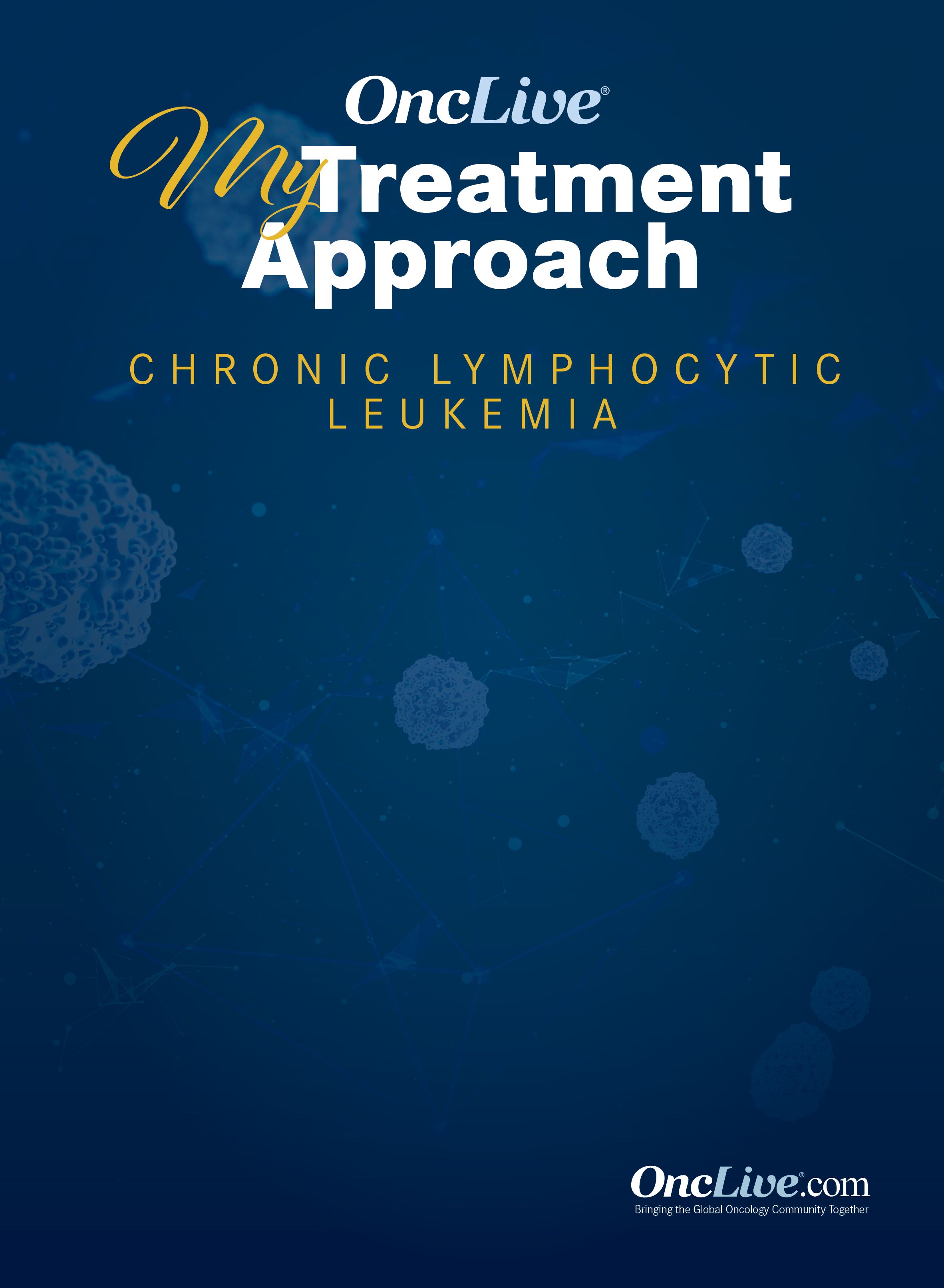Publication
Video
Supplements and Featured Publications
Dr. Awan on the Importance of Risk Stratification in CLL
Author(s):
Farrukh Awan, MD, discusses the importance of risk stratification in chronic lymphocytic leukemia.
Farrukh Awan, MD, an associate professor in the Department of Internal Medicine at UT Southwestern Medical Center (UTSW), and a member of the Division of Hematology and Oncology at UTSW's Harold C. Simmons Comprehensive Cancer Center and William P. Clements Jr. University Hospital, discusses the importance of risk stratification in chronic lymphocytic leukemia (CLL).
Patients with CLL should be risk stratified before making any treatment decisions, Awan says. In the frontline setting, risk stratification may inform whether a patient should receive time-limited treatment with a BCL-2 inhibitor or indefinite treatment with a BTK inhibitor.
Patients should undergo flow cytometry to confirm their diagnosis of CLL, fluorescence in situ hybridization, IGHV testing, and TP53 mutation analysis to further stratify their risk, Awan explains. With the results of those tests, a treatment strategy can be planned accordingly.
Additionally, age and performance status may inform treatment selection, says Awan.
Taken collectively, these factors can determine how frequently a patient needs to be seen in the clinic, what treatments they are eligible for, and how likely they are to respond to a particular therapy, concludes Awan.









